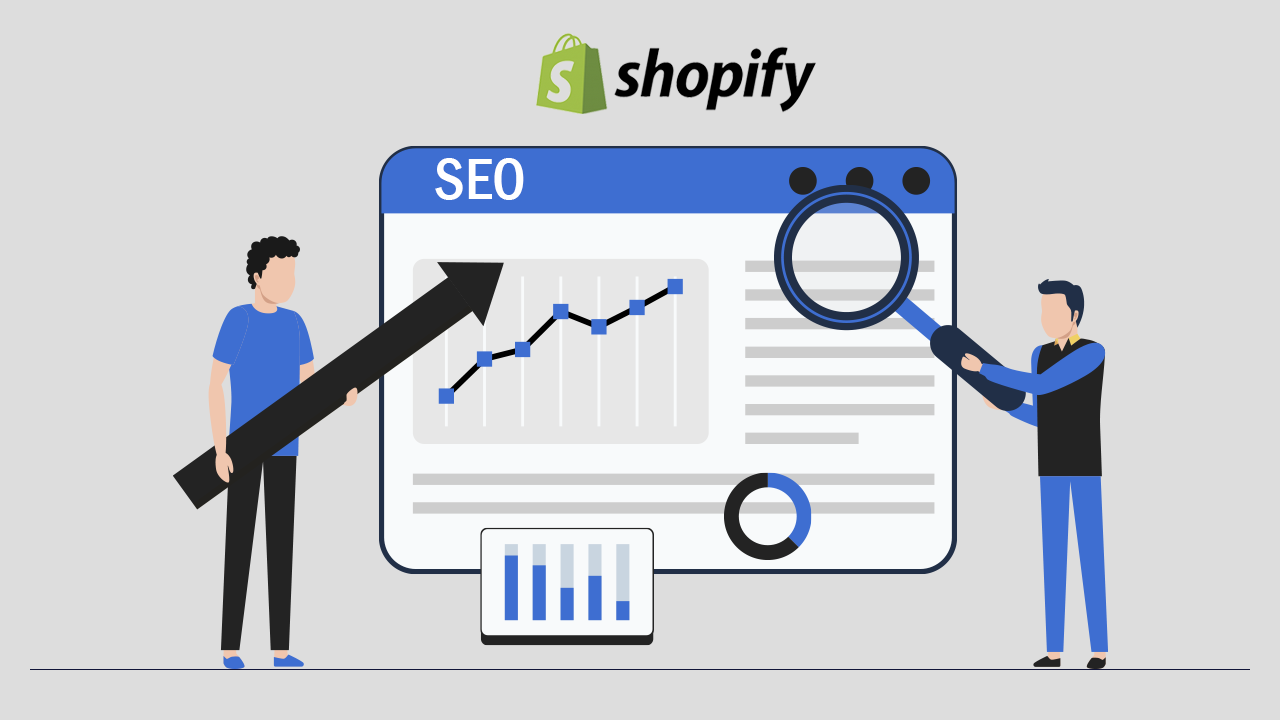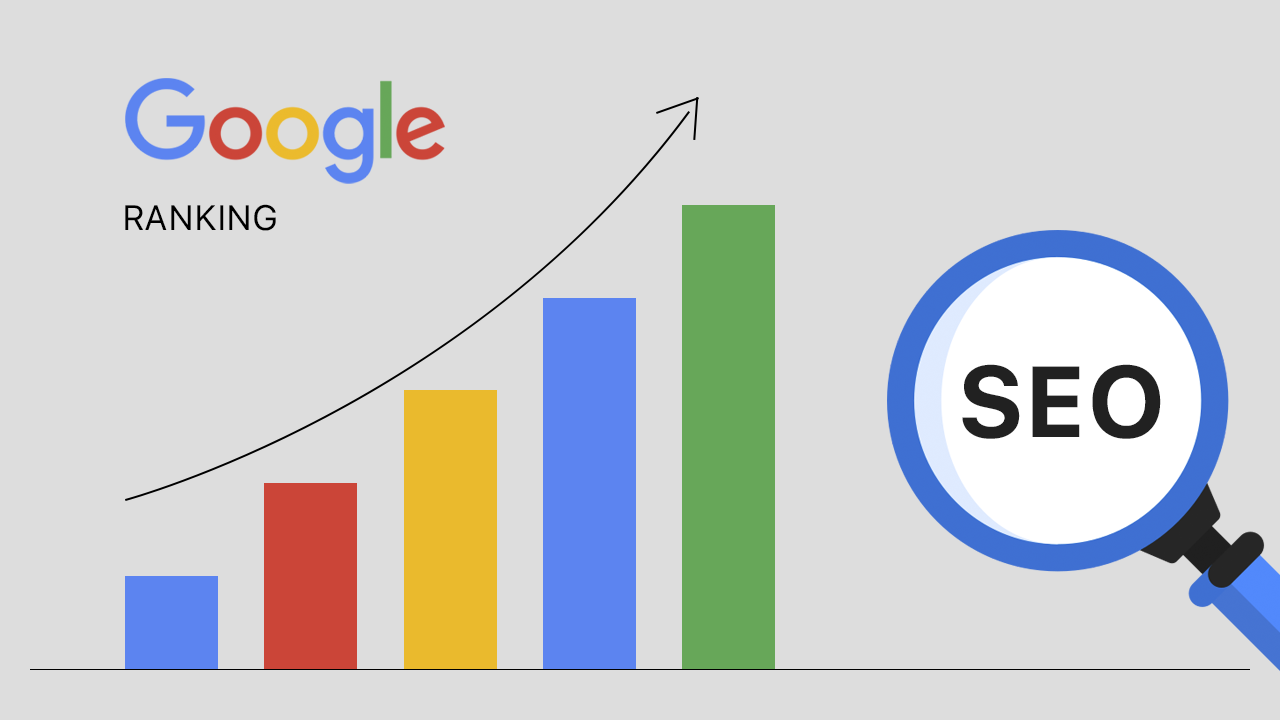Table of Contents
Running a Shopify store is an exciting venture, but driving traffic to your site is critical for success. The best way to generate consistent, high-quality traffic is through search engine optimization (SEO). Proper Shopify SEO can help your store rank higher in Google, attract organic visitors, and boost sales without relying solely on paid ads.
In this comprehensive 2025 guide, we will cover everything you need to know about how to optimize your Shopify store for SEO and improve your rankings on Google.

Table of Contents
- What is Shopify SEO and Why It Matters
- Understanding How Google Ranks Shopify Stores
- Keyword Research for Your Shopify Store
- On-Page SEO Best Practices for Shopify
- Optimizing Shopify Product Pages for SEO
- Optimizing Shopify Collections and Category Pages
- Technical SEO Tips for Shopify
- Content Marketing Strategies for Shopify SEO
- Building High-Quality Backlinks to Your Shopify Store
- Mobile SEO and Site Speed Optimization
- Tracking and Analyzing Your Shopify SEO Performance
- Common Shopify SEO Mistakes to Avoid
- Conclusion: SEO Success Tips for Your Shopify Store in 2025
1. What is Shopify SEO and Why It Matters
Shopify SEO is the process of optimizing your Shopify store so it can rank higher in search engine results pages (SERPs), especially Google. SEO drives organic (non-paid) traffic, helping you get more visitors who are actively searching for products like yours.
Why SEO matters:
- Cost-effective traffic source compared to paid ads.
- Builds long-term brand authority and trust.
- Increases visibility to customers actively searching for products.
- Improves user experience on your store.
In 2025, SEO remains a cornerstone of e-commerce growth.
2. Understanding How Google Ranks Shopify Stores
Google uses complex algorithms to determine which websites appear at the top of search results. Key factors include:
- Relevance: How closely your content matches search queries.
- Authority: Your store’s reputation based on backlinks and user signals.
- User Experience: Fast loading times, mobile-friendliness, and ease of navigation.
- Content Quality: Unique, valuable content that satisfies user intent.
Shopify stores benefit from built-in SEO features but require additional optimization to outrank competitors.
3. Keyword Research for Your Shopify Store
Keyword research is the foundation of SEO. It helps you identify the exact terms customers use when searching.
How to do keyword research for Shopify:
- Use tools like Google Keyword Planner, Ahrefs, SEMrush, or Ubersuggest.
- Target long-tail keywords (e.g., “organic cotton baby clothes” vs. “baby clothes”) for less competition.
- Analyze competitors’ keywords.
- Include keywords in product titles, descriptions, URLs, and blog posts.
Create a keyword list categorized by product pages, category pages, and content marketing topics.
4. On-Page SEO Best Practices for Shopify
On-page SEO refers to optimizing elements on your website pages:
Optimize Title Tags and Meta Descriptions
- Title tags should be concise (~50-60 characters), include target keywords, and be compelling.
- Meta descriptions should summarize the page content and include keywords to encourage clicks.
Use SEO-Friendly URLs
- Shopify auto-generates URLs, but you can customize them.
- Keep URLs short, descriptive, and keyword-rich (e.g., yourstore.com/organic-baby-clothes).
Optimize Headings (H1, H2, H3)
- Each page should have a single H1 containing the main keyword.
- Use H2 and H3 for subheadings to improve readability and SEO.
Image Optimization
- Compress images for faster load times.
- Use descriptive filenames and add alt text with relevant keywords.

See also
- Hostinger Uptime & Speed Test (2025): Real Data from My Website
- SEO for Beginners: What Is It and Why Does It Matter in 2025?
- Top 10 Common SEO Mistakes New Website Owners Make
- The Ultimate Guide to Digital Marketing: Strategies, Tools, and Trends
- Hostinger vs Bluehost: Features, Price & Verdict (2025 Comparison)
5. Optimizing Shopify Product Pages for SEO
Product pages are critical for conversion and SEO.
- Write unique product descriptions that highlight features and benefits.
- Avoid duplicate content from manufacturers.
- Include customer reviews for fresh, keyword-rich content.
- Add structured data (rich snippets) for price, availability, and reviews to enhance search results.
- Use high-quality images and videos.
6. Optimizing Shopify Collections and Category Pages
Collections group related products and help customers browse.
- Create keyword-rich collection titles and descriptions.
- Use automated collections with rules to keep them updated.
- Add internal links to and from collections to related products or blog posts.
7. Technical SEO Tips for Shopify
Shopify handles many technical SEO aspects but consider:
- Enable SSL (HTTPS) for security and SEO boost.
- Set up 301 redirects for deleted or moved pages.
- Use Shopify’s robots.txt and sitemap.xml effectively.
- Fix broken links and optimize crawl budget.
- Minimize JavaScript and CSS files for faster loading.
8. Content Marketing Strategies for Shopify SEO
Content marketing boosts SEO by attracting backlinks and engaging visitors.
- Maintain a blog with helpful, relevant content.
- Create how-to guides, product comparisons, and buying guides.
- Use videos and infographics.
- Promote content on social media and email campaigns.
9. Building High-Quality Backlinks to Your Shopify Store
Backlinks from reputable sites increase your domain authority.
- Reach out to bloggers and influencers for reviews.
- Guest post on related blogs.
- Use PR campaigns and partnerships.
- Create shareable content.
Avoid spammy links, which harm SEO.
10. Mobile SEO and Site Speed Optimization
Most shoppers use mobile devices, so:
- Use responsive Shopify themes.
- Optimize images and code for speed.
- Use tools like Google PageSpeed Insights.
- Minimize redirects and server response times.
11. Tracking and Analyzing Your Shopify SEO Performance
Use these tools:
- Google Analytics to track traffic, behavior, and conversions.
- Google Search Console for indexing, errors, and keyword data.
- Shopify’s built-in reports.
- Adjust SEO strategies based on data insights.
12. Common Shopify SEO Mistakes to Avoid
- Duplicate content across products and collections.
- Ignoring mobile optimization.
- Neglecting site speed.
- Poor keyword targeting.
- Lack of internal linking.
- Not updating SEO regularly.

13. Conclusion: SEO Success Tips for Your Shopify Store in 2025
- Research and target relevant keywords.
- Optimize every page’s on-page SEO.
- Maintain unique, quality product descriptions.
- Invest in content marketing and backlink building.
- Ensure technical SEO is flawless.
- Monitor performance and adapt.
With consistent SEO efforts, your Shopify store can rank higher on Google and achieve sustainable growth.


